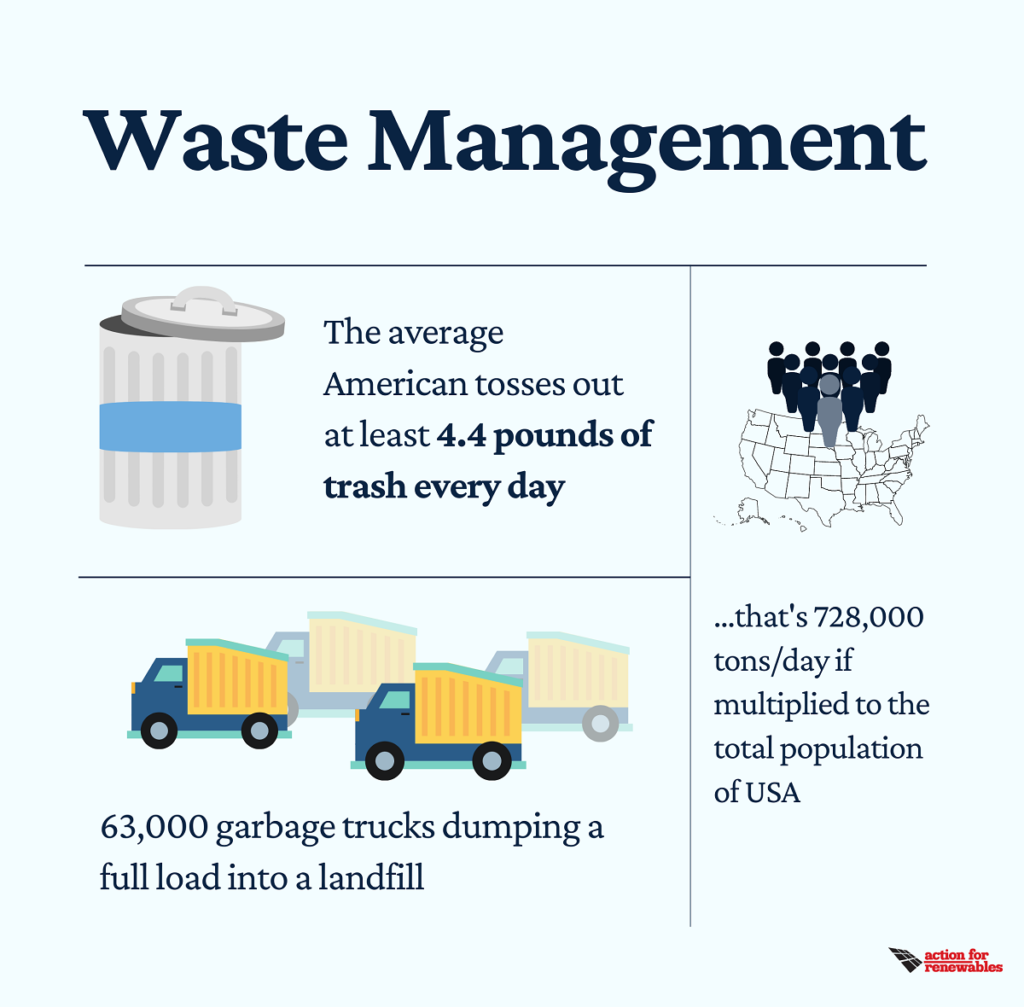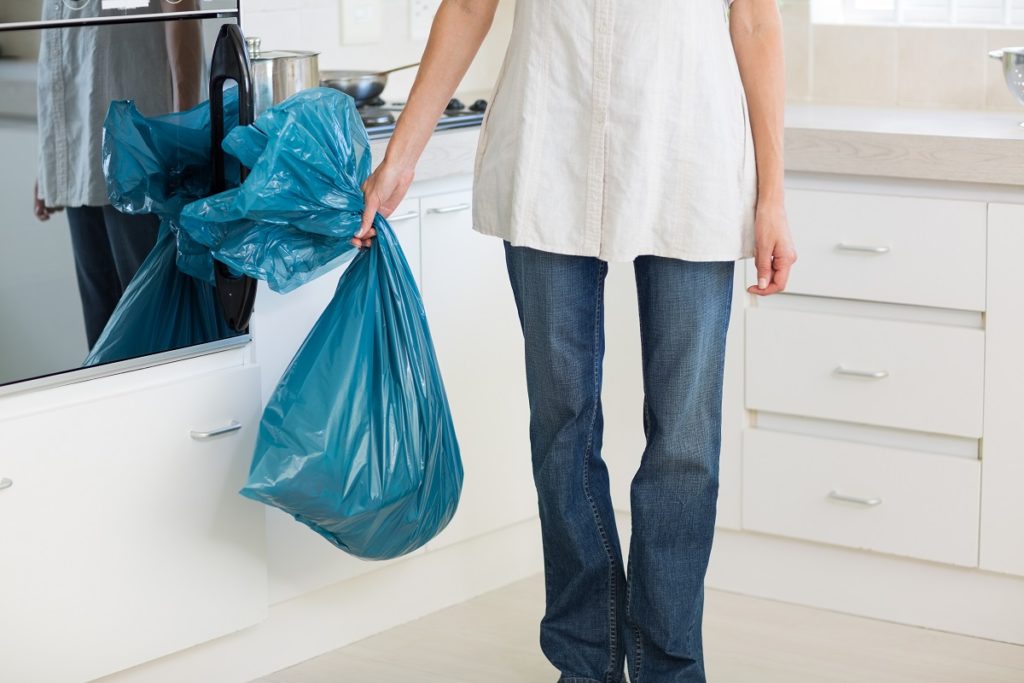Yes, that candy wrapper you threw on the ground the other day can have lasting effects on the environment.
Waste disposal problems have become a pressing issue for many countries, and it has become a global problem everyone needs to address. Since 2015, there are at least 5.25 trillion pieces of plastic in the oceans, and these can be dangerous to the wildlife that comes across it. And did you know that the solution for many developed countries is to send their waste to developing countries?
At this point, it’s not enough to look at waste management and disposal as a problem global leaders and local governments have to deal with. The extreme waste problem we’re facing right now started because everyday people like you and me thought one candy wrapper left on the ground or one plastic bottle left on a park bench was not going to make a dent in the amount of waste their area makes. But when hundreds of millions of people share this mindset, it becomes dangerous as the waste starts to accumulate.
Whether it is plastic, an old computer, or your worn-out shoes, you have to think about the appropriate waste management and disposal. Waste disposal is a lengthy but methodical process that includes burial, burning, recycling, discharge, and other processes. Indeed, many organizations and localities in the world are grappling with the problem, unable to handle it completely. Here are some common waste disposal problems in various scales and potential solutions.
Waste Management at Home

The average American tosses out at least 4.4 pounds (almost 2 kilograms) of trash every day. Try to think back yesterday to all the things you threw away. These could include food containers, single-use plastics for household items, bottles, or even food scraps. But when you consider the total population in the United States, you’re looking at at least 728,000 tons (around 660 million kilograms) per day. Just try to imagine 63,000 garbage trucks dumping a full load into a landfill – that’s roughly how much waste is made a day.
It’s going to be difficult to go from 4.4 pounds of trash per day to becoming like those eco-friendly vloggers that can fit years’ worth of waste into one regular mason jar. But you have to at least start somewhere when it comes to making your household more eco-friendly. Here are a few solutions that can help you reduce the amount of waste you put in your trash.
Turn Away from Single-Use Plastics
A few examples of these include plastic straws (there are plenty of reusable alternatives like glass and metal straws or biodegradable options like plant-based, bamboo, or paper straws), sanitary napkins (switch to reusable menstrual cups), and take-out containers (if ordering take-out, see if they provide biodegradable containers or bring your own reusable containers and ask the restaurant to put your food in there).
One good way of doing this is by shopping at bulk stores and zero-waste stores that provide products without packaging. You can opt to bring your own reusable containers or purchase reusable containers from their store.
Avoiding single-use plastic may mean having to change your lifestyle. This may include buying shampoo bars or shampoos from bulk stores to avoid buying shampoos in bottles, or shopping at a farmer’s market for produce instead of your local supermarket to avoid buying produce that’s wrapped in plastic and styrofoam.
Sort Your Garbage
Investing in more garbage containers can help you sort out your waste. There’s a general color coding for garbage containers to sort out waste easier, but if your local garbage collector doesn’t sort their trash and tosses them all in the same truck, then there really isn’t a point to following these colors. Instead, just get any trash receptacles and follow sorting procedures you and your household can follow.
In my household, for example, our local garbage collector doesn’t sort trash and just dumps it. So, what we do is we separate plastic bottles, metal waste, and fruits and vegetable scraps from our everyday waste. I’ll let you know what we do with the food scraps below, but for plastic and metal waste, we clean them and place them in separate bins. Once we’ve filled up our recyclable bins, we take them to local recycling centers.

Sort Your Scraps
You can avoid wasting your food scraps and leaving them to rot in landfills by reusing scraps. I’ve studied how to compost, so whenever I have biodegradable waste that can be used to compost, I take it and add it to my composting bin. It’s a great way to reduce the amount of waste I make in a day while finding a better use for those scraps.
Extreme & Hazardous Waste
Outside your home, however, waste poses a serious problem to your community. A problem grappling organizations is the production of too much waste. When countries are producing 220 million tons of waste annually, then you know there is a big problem. Now, imagine the amount being produced cumulatively across the globe. The consumerism shown by producers and companies is coming back to haunt us.
Waste management services are on their toes as they seek ways to take care of hazardous waste. The fact that most of the waste nowadays is toxic is posing a huge challenge, yet manufacturing companies continue to increase their production. The companies are producing products every day and there is a chance some of the toxic waste will end up in the environment.
The U.S. EPA once reported that the number of untested chemicals in homes is around 60,000. Plastic toys contain Biphenyl-A (BPA), which is a hazardous chemical. As the amount of solid waste continues to increase, we can only expect a harder challenge of dealing with toxic waste disposal.
Show Support for Eco-Friendly Movements
Unfortunately, your ability to affect waste management on a larger scale becomes more difficult when you’re not in a position to make huge changes to your community. The best thing you as an everyday citizen can do, however, is to show your support for eco-friendly and sustainable programs.
Support zero-waste stores and businesses like bulk stores that are centered around reducing waste. Consumer trends are changing, and now that the millennial and Gen Z age groups are poised to become one of the largest consumer groups in the next few years, making your business eco-friendly and sustainable can attract a large percent of these age groups that prefer doing business with greener small businesses.
Landfill Problems
 A look at landfills reveals a worrying picture of ineffective waste management. This can only mean more threat to the environment. Poor management can be disastrous in the end, as pollution of ground water becomes a reality. Surrounding environments need to contend with unhealthy conditions, such as effluents and unsafe gases.
A look at landfills reveals a worrying picture of ineffective waste management. This can only mean more threat to the environment. Poor management can be disastrous in the end, as pollution of ground water becomes a reality. Surrounding environments need to contend with unhealthy conditions, such as effluents and unsafe gases.
Monitoring laxity on the side of laws and regulations is also proving to be a huge hindrance to landfill management. Toxicity increases to levels that become unmanageable for decades.
Conventional Technologies
It is becoming apparent that some technologies are no longer applicable to modern waste reduction and recycling, yet some organizations continue to rely on them. These technologies offer quick but short-term solutions, a reason they continue to be popular in some areas. However, more technology is also evolving or being created to solve waste management problems.
Technology can be used to recycle or upcycle waste, create alternatives from products that normally produce more waste, or find a way to address the ever-growing problem of waste management. Tech Insider shows plenty of these types of tech, including plastic-free shampoo pods and toothpaste pills, machines that sustainably remove waste from bodies of water, or finding ways to recycle materials like plastic.
Solutions to Waste Disposal Challenges
There are many cost-effective ways of solving the above problems, including the popular ‘Reduce, Reuse, Recycle’ approach. Local communities must be educated on this form of waste management that deals with unsustainable waste excellently. Techniques such as repairing a broken chair instead of buying a new one can go a long way in countering the problem.
Alongside responsibility, it is crucial for local authorities to embrace modern waste disposal, with gradual improvements as the catch. In line with that, control of landfilling is necessary. Items that can be reclaimed or recycled should not be allowed to stand in the landfill.
But most of all, waste management cannot be possible without the help of everyday people changing their waste management practices at home. While it’s true that corporate waste also contributes to the total waste that’s plaguing our environment, people can start to reduce their waste in the comfort of their own home. It may require making conscious changes to their lifestyle, but it’s necessary if we want to see the changes in the amount of waste the average person produces in one day.
The reality is that we can achieve proper waste disposal, but it won’t be easy. Adopting modern ways of doing things and focusing on long-term plans will eventually yield the desired results. Policy support is definitely irreplaceable in tackling the global problem of waste disposal and management.

